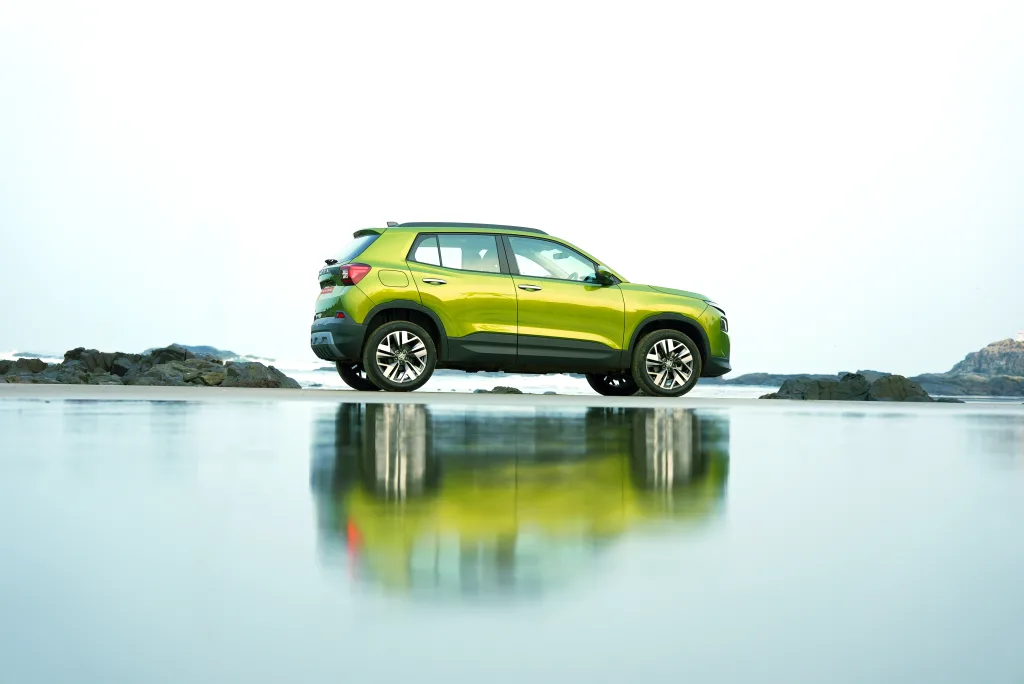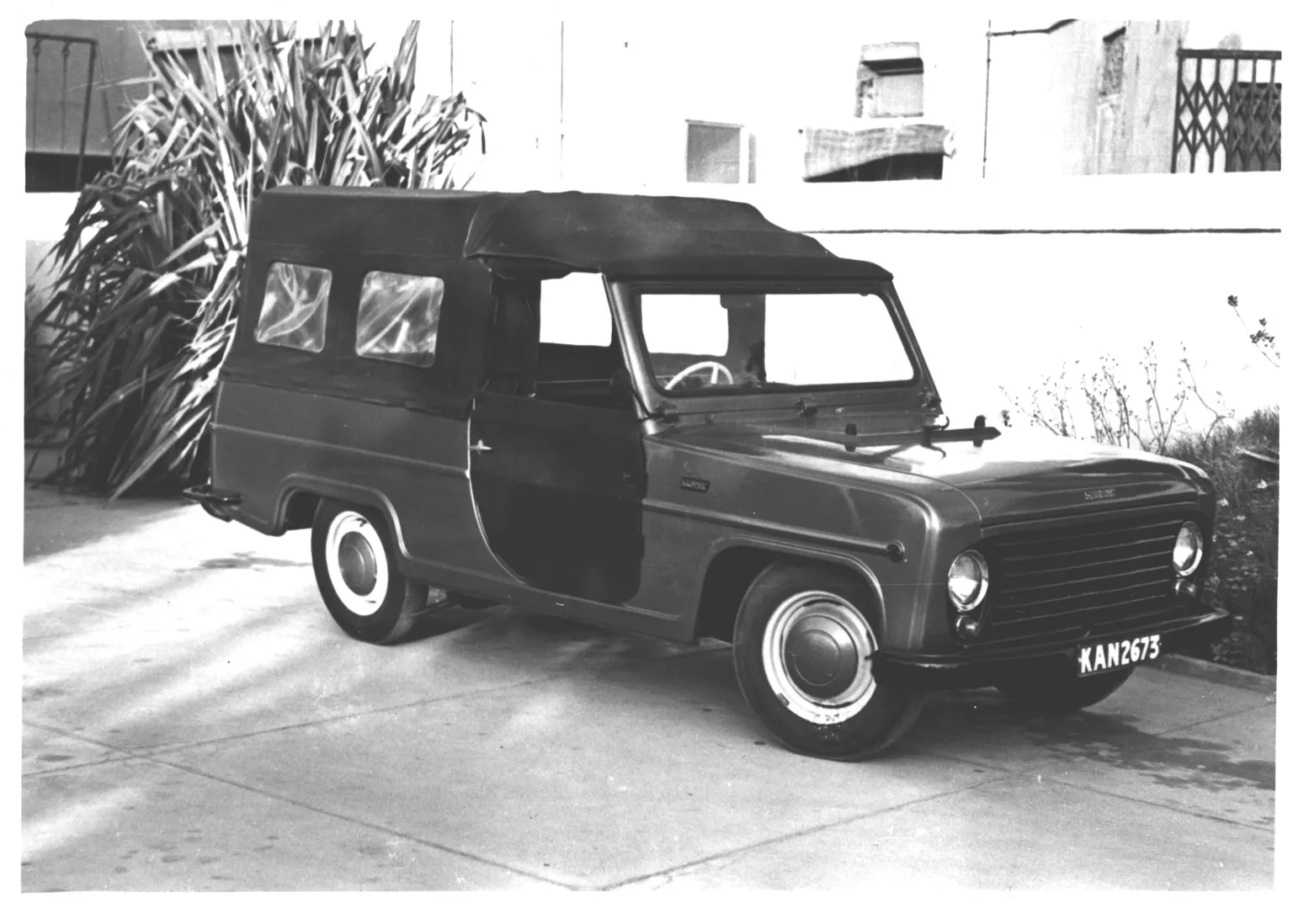- Based on the Škoda Octavia of the time, production of the Skopak pick-up began in Karachi in May 1970
- A total of 1,400 units were built in various versions and configurations
- Today, the ASEAN region and the Indian market remain key pillars of Škoda’s internationalisation strategy
Fifty-five years ago, a local importer in Karachi, Pakistan, began producing the Škoda Skopak. The pick-up, based on the Škoda Octavia Combi, was developed specifically for the needs of the local market. The technical design was led by Josef Velebný, who drew on his experience with the Trekka, a model created for New Zealand. Production of the Skopak halted prematurely in late 1971 due to a military conflict. In total, around 1,400 vehicles were built in a range of different versions.
The Skopak project is one of the lesser-known chapters in Škoda Auto’s 130-year history. Launched in Pakistan in May 1970, the robust pick-up was a bespoke model, designed to meet the specific needs of customers.
Škoda vehicles – in particular the Škoda 1000 MB – had already been exported to Pakistan from the mid-1960s. The local importer, Haroon Industries Ltd., based in the port city of Karachi, proposed in 1967 the idea of building a simple, rugged vehicle tailored to the local market. The concept took inspiration from the Trekka, a New Zealand-built derivative of the Škoda Octavia that was also suitable for light off-road use. The first Skopak prototype was unveiled in spring 1969, the model designation being a blend of ‘Škoda’ and ‘Pakistan’. Engineer Josef Velebný, who was in charge of the technical design, made full use of his prior experience with the Trekka. He relocated to Pakistan to support the project, with series production of the Skopak launching in May 1970.

The vehicle was built on the chassis of the Octavia Combi, which was imported to Karachi in a disassembled state. A steel frame formed the basis of the vehicle, onto which fibreglass body panels could be easily bolted. This clever modular approach made it possible to produce several versions, with the most basic variant being a two-seater with simple fabric straps instead of doors.
Despite its compact size – 4.2 metres long, 1.64 metres wide and 1.25 metres high – the Skopak could carry a payload of half a tonne and tow a trailer weighing up to 750 kg. Its height could be reduced to just 1.1 metres by folding down the windscreen – a practical feature for navigating off the beaten track, for example beneath fallen trees.
Despite its promising sales potential, the Škoda Skopak had a short-lived career. The Indo-Pakistani War at the end of 1971, lasting 13 days, brought production to a halt. It disrupted the fragile political and economic balance in the region at the time, ending all imports into Pakistan. As a result, Skopak production never resumed.
Škoda Auto is forging ahead with its internationalisation strategy
As a cornerstone of the current Next Level Škoda Strategy, expanding into dynamic new growth markets remains a key strategic priority for Škoda. The current focus is on the ASEAN region and the Indian market, where the Czech carmaker is steadily strengthening its brand presence and building a solid second foothold alongside its core European base.
The company is placing a strong emphasis on developing and producing models locally. Following the Kushaq SUV and Slavia sedan, Škoda has recently introduced the Kylaq – a new compact SUV entering the popular sub-4-metre segment, which accounts for nearly 50% of sales in the Indian car market. This model will support the brand’s goal of reaching annual sales of 100,000 cars in India by 2026.











